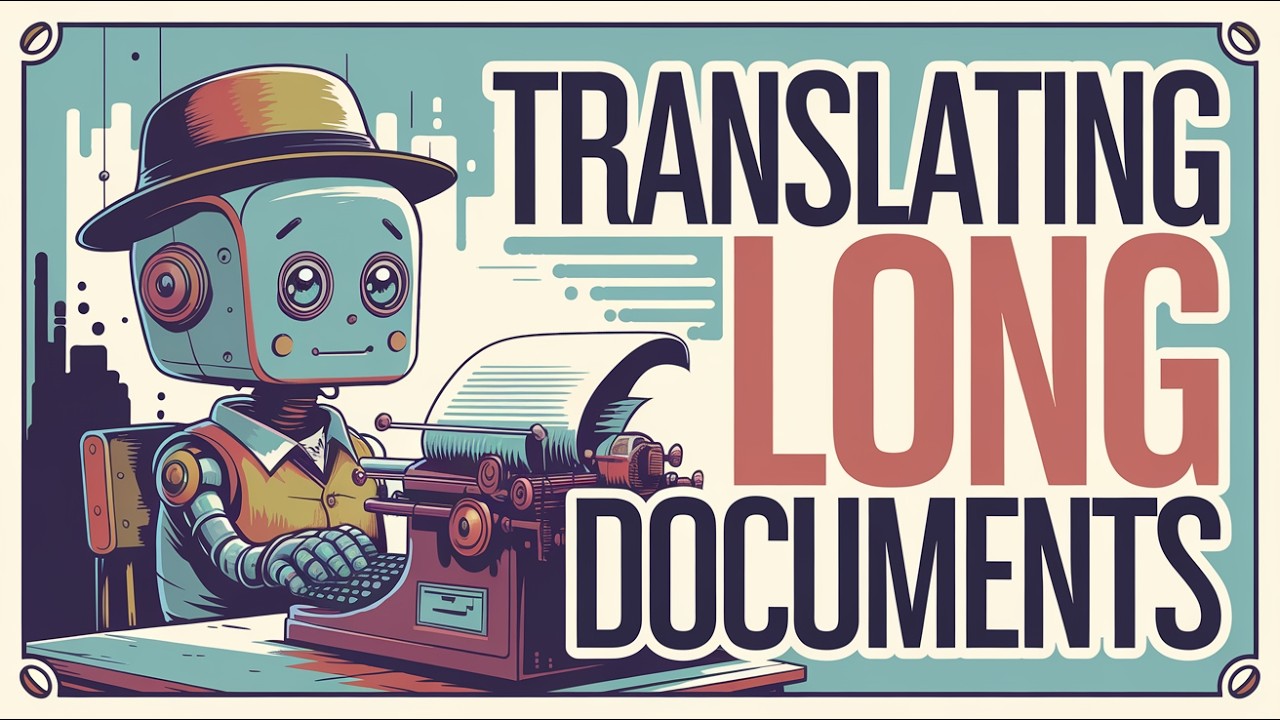The video showcases experiments with advanced language models (LLMs) like GPT-4 to translate long documents, assessing translation fidelity by translating from English to French and back, while managing token limits by breaking down larger texts. The presenter emphasizes the importance of structured outputs and iterative refinements to improve translation accuracy, ultimately concluding that both GPT-4 and its mini variant can effectively handle substantial document translations.
In the video, the presenter conducts experiments to explore the translation of long documents using advanced language models (LLMs) like GPT-4 and its mini variant. The focus is on translating documents of varying lengths, starting with a 2,000-token transcript, moving to a 5,000-token document, and finally tackling a substantial 50,000-token report. The goal is to assess the fidelity of translations by translating documents from English to French and then back to English, using different methods such as one-shot translation and breaking documents into smaller chunks.
The presenter emphasizes the importance of structured outputs in the translation process, utilizing OpenAI’s API to facilitate accurate translations. They experiment with different configurations, including using structured output schemas to maintain the integrity of the original text. The presenter also discusses the potential benefits of becoming a patron, highlighting access to code files, courses, and one-on-one interactions, which can enhance learning and coding efficiency.
As the experiments progress, the presenter notes that GPT-4 performs well with shorter documents, achieving translations that are nearly identical in length and content. However, when attempting to translate the larger 50,000-token document, they realize that it must be broken down into smaller segments due to token limits. The presenter discusses the challenges of maintaining translation accuracy while managing the constraints of the model’s output capabilities.
Throughout the video, the presenter iteratively refines their approach, adjusting prompts and schemas to improve translation fidelity. They highlight the importance of evaluating translations for accuracy and completeness, using metrics to assess the quality of the output. The presenter also shares insights on how LLMs can assist in crafting better prompts and schemas, ultimately leading to more faithful translations.
In the concluding segments, the presenter reflects on the outcomes of their experiments, noting that both GPT-4 and its mini version are capable of handling substantial document translations effectively. They express a desire to further explore the translation of even longer documents and the integration of audio transcription into the process. The video ends with a call to action for viewers to engage with the content and consider supporting the presenter through their Patreon, where additional resources and insights are available.
